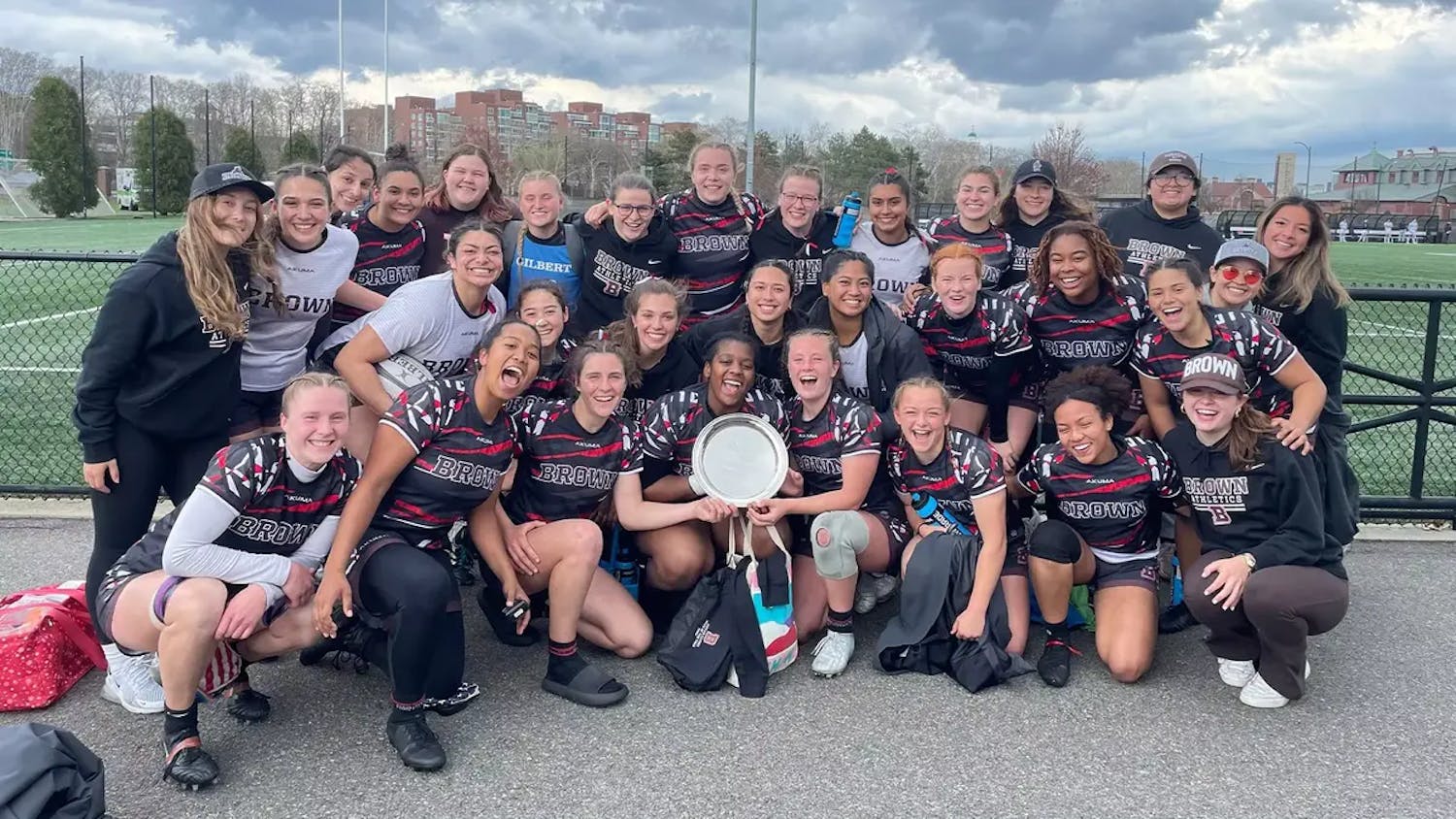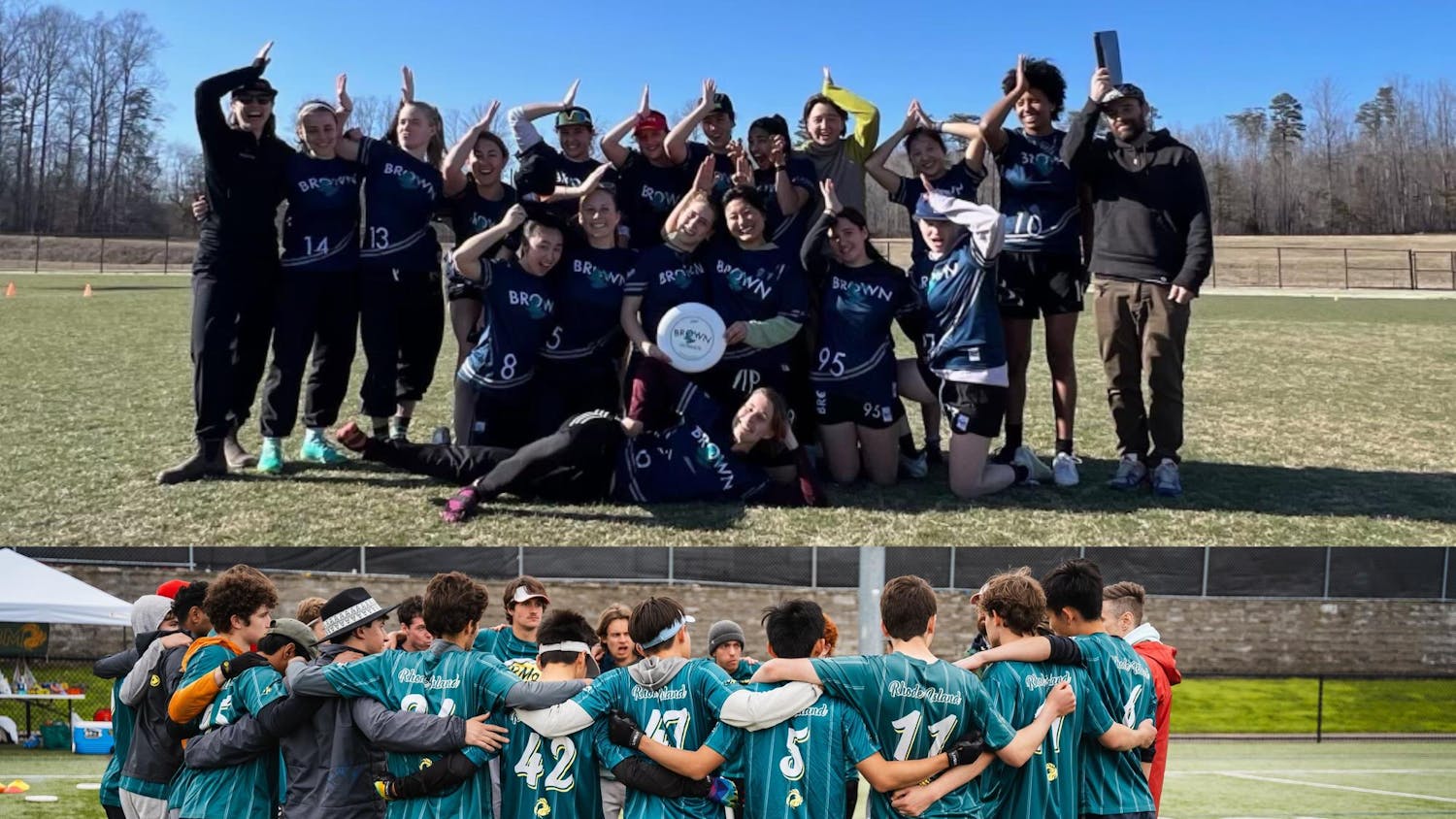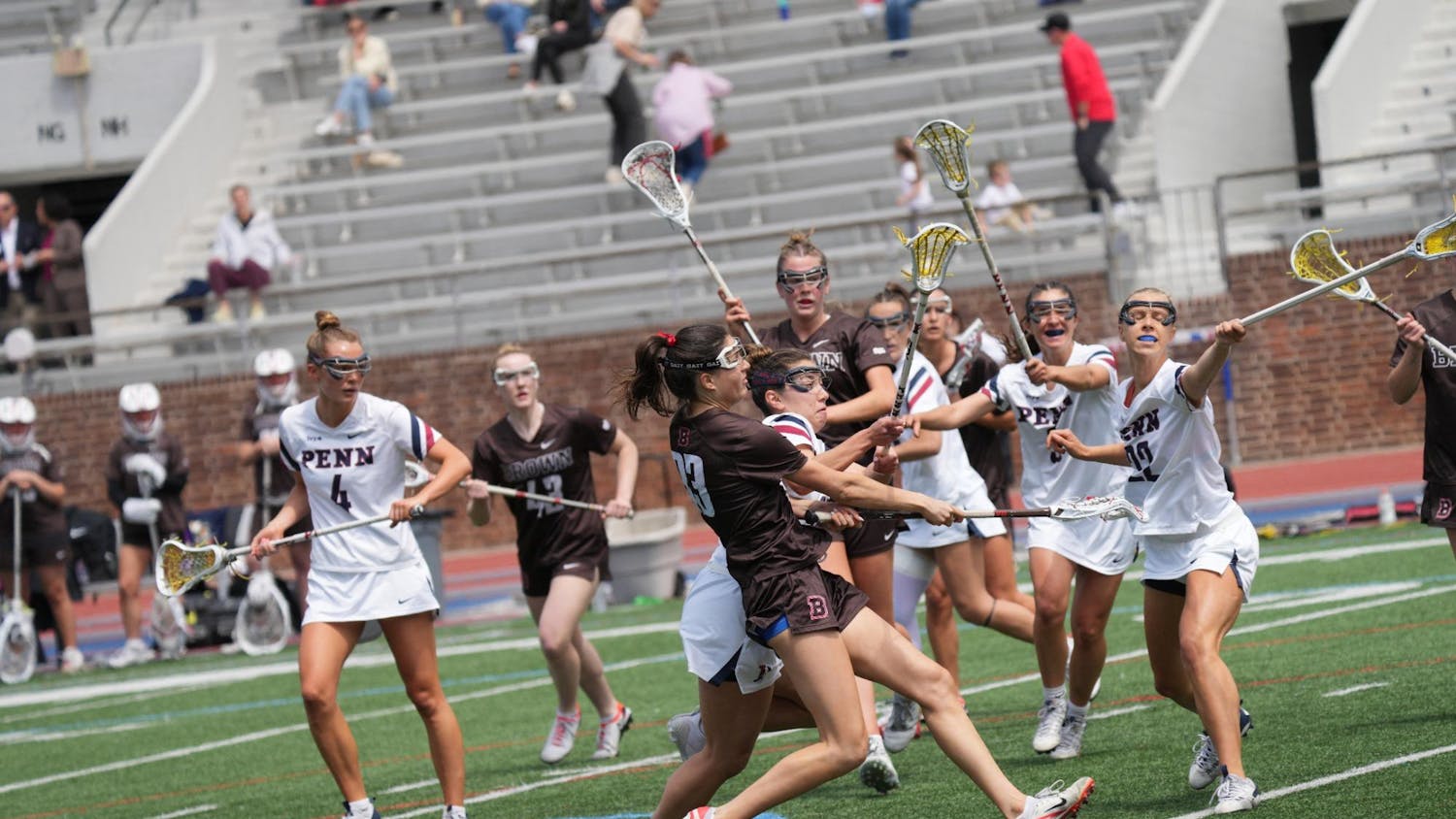“And the first pick of the 2050 NFL draft is Tony Lee, programmer from the Massachusetts Institute of Technology,” announces the commissioner to an eruption of applause. He emerges from the audience, but the top college prospect and his 5’8”, 155-lb. frame are virtually indistinguishable from those of the fans in attendance. This is unproblematic, as he will never actually take the field nor rush into combat against other physical players. No, Tony will play his professional games from the league office, where he will control virtual, computer-generated players with the press of a button and the flick of a joystick.
The last of the physical players having retired to comfortable pensions and lifelong health benefits years before, the lavish contracts that were once awarded to elite quarterbacks and wide receivers are now bestowed on gamers such as Tony. Audiences, hungry for spectacle and indifferent to whether the players they idolize have lives off the field, are not deterred. They pack stadiums to watch high-resolution holographic images perform and devour live telecasts depicting video of the games. The NFL is as profitable as ever and gets higher ratings than its rival leagues with their steroid scandals and player discipline issues.
While this scenario might seem like something out of a science fiction novel, recent trends in professional football suggest it may not be as far-fetched as it seems.
On Sept. 12, a nightmarish public relations week continued for the NFL when another one of its star players made headlines for striking a family member. The Vikings’ Adrian Peterson, widely considered the best running back in the league, was indicted by a grand jury for physically abusing his son just days after graphic video surfaced of the Ravens’ Ray Rice knocking out his fiance in an Atlantic City, New Jersey, elevator. NFL commissioner Roger Goodell’s thrice-bungled attempts to address the latter case have sparked cries for his resignation and fan boycotts of NFL products and sponsors. In spite of this moralizing, the reality is that the American public is addicted to the league’s product and cannot stop watching the games. As long as this is the case, the league will continue to generate annual revenues in the $10 billion range, and Goodell will have the job security afforded by this financial success.
Even with the futility of fan protest, an agent for real change is in motion. The link between traumatic brain injuries and the brutal hits sustained on a regular basis by professional football players is becoming ever more obvious, and this clarity is bringing with it a host of lawsuits bearing the potential to shake up the way the business of football is run in coming years.
Over 4,500 retired players are actively engaged in a joint lawsuit against their former employer for its persistently improper handling of head injuries sustained in games and practices. The initial result of the suit was for the league to set aside $675 million to pay benefits out to a pool of approximately 21,000 eligible former players, but the cap on this number was removed after being perceived as too low. Research demonstrates that former NFL players stand a 30 percent chance of developing Alzheimer’s disease or dementia following their playing careers. This rate is roughly twice the national average.
Beyond the numbers, the 2012 suicide of former star linebacker Junior Seau graphically illustrated the gravity of the situation after autopsy findings showed the 20-year league veteran was suffering from chronic traumatic encephalopathy, a degenerative neurological disorder that can be caused by concussions. With risks in plain view, parents are now more reluctant than ever to allow their children to play football. The specter of an eroding talent pool and even bigger potential settlements for former players-turned-plaintiffs could affect the league’s bottom line significantly enough to precipitate real changes.
It is not a stretch to imagine that in 35 years, video graphics and hologram technology will progress to the point of allowing video games to be displayed in stadiums and on television screens around the country with little difference in the viewing experience. The Tupac hologram that performed at the Coachella music festival in 2012 introduced a host of possibilities in the realm of computer-generated live events. Virtual players manipulated by remote gamers cannot physically abuse their children or girlfriends, garner controversial drug suspensions or sit trial for multiple homicides. They will also not put their long-term health in jeopardy every time they take the field for our entertainment. Gone would be the moral qualms that come with consuming the NFL product these days, resulting in peace of mind that would certainly outweigh the loss of “real” football.
Jack Blasberg ’16 is working on his Madden skills as we speak. He can be reached at john_blasberg@brown.edu.
ADVERTISEMENT




